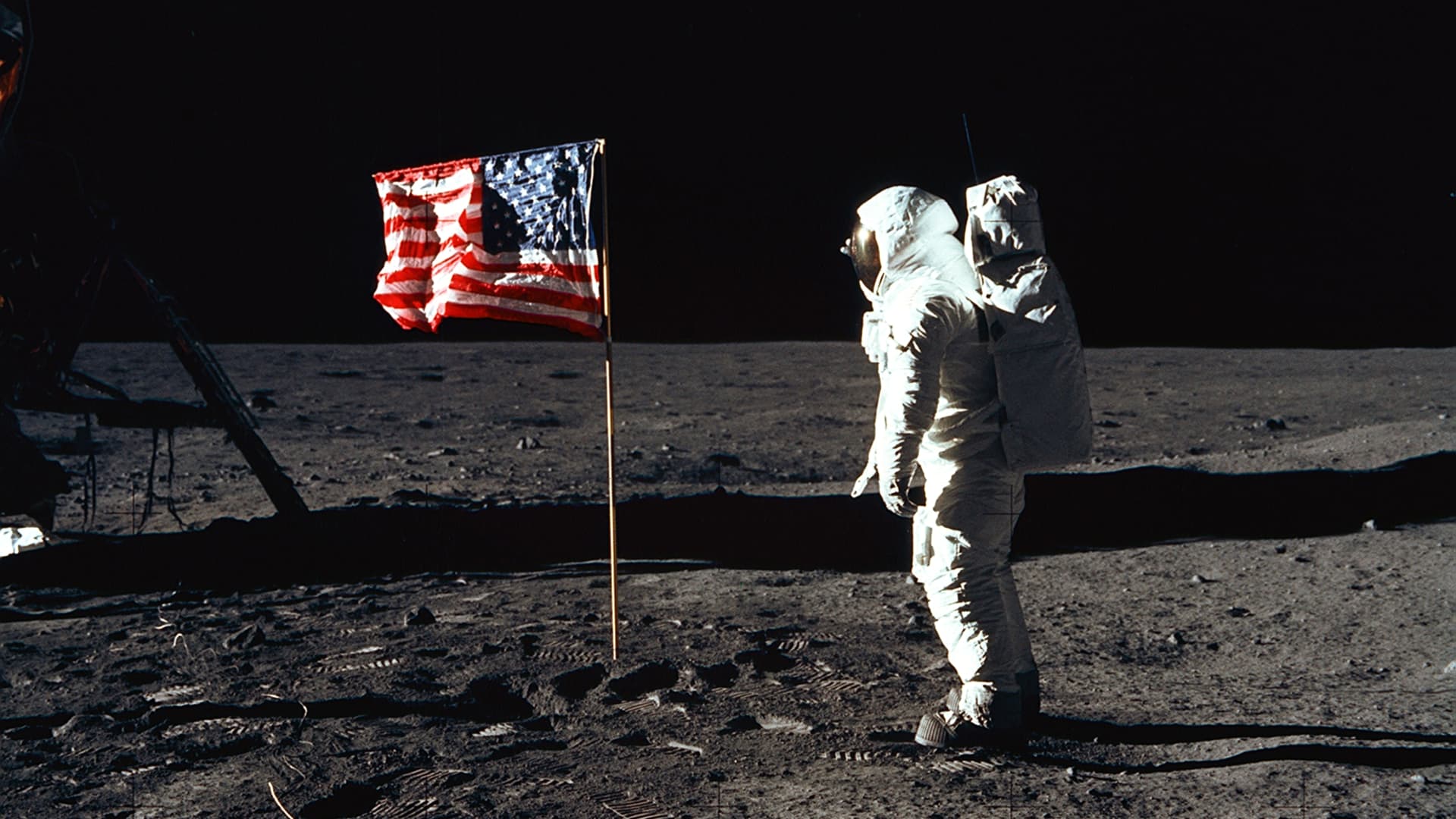Astronaut Edwin E. Aldrin, Jr., the lunar module pilot of the first lunar landing mission, stands next to a United States flag July 20, 1969 during an Apollo 11 Extravehicular Activity (EVA) on the surface of the Moon.
NASA | Newsmakers | Hulton Archive | Getty Images
If we were to fall asleep today and not wake up for another 35 years, we’d wake up feeling underwhelmed at the pace of innovation.
That’s according to Robert Blumofe, chief technology officer of web security firm Akamai, who thinks the world may be “wildly disappointed” by progress made on the web in the next three decades.
Akamai, a content delivery network, helps internet users access web content fast.
Tuesday marked 35 years to the day since renowned computer scientist Tim Berners-Lee submitted his proposal for what would eventually be known as the “World Wide Web.”
But Blumofe, who noted he’s still a believer in the web and modern technology, cautioned we could be in for stagnation.
“The next 35 years might be wildly disappointing,” Blumofe told CNBC in an interview last week. “I take a bit of a contrarian view on this.”
Blumofe compared the current state of the web today to the aerospace industry in the 1960s. Back then, he said, there was huge innovation with the arrival of the Boeing 747 and the first moon landing.
Today, aerospace innovation has stalled, he added.
“All that was in the 60s and 70s,” Blumofe noted. “If someone had gone asleep in 1975 and then woke up and looked at aerospace today they would be wildly disappointed.”
“The planes aren’t any bigger. They’re not any faster,” he said.
‘Moore’s law is over’
Blumofe said it’s entirely possible the world is heading in that same direction with telecommunications.
“We may have exhausted the steep innovation curve,” he said. “That curve may have passed us by. We may be heading for a plateau.”
“Moore’s law is over,” Blumofe added, referring to the theory that the number of components on a single chip doubles every two years at minimal cost.
Network cables are plugged in a server room.
Michael Bocchieri | Getty Images
Blumofe said much of the world now has connectivity, and modern displays on smartphones and TVs aren’t getting more exciting beyond picture quality.
Still, many companies are now experimenting with folding and rolling screens.
While Blumofe web stagnation is a “possibility,” he’s still hopeful innovation won’t plateau.
In fact, Blumofe previously told CNBC he thinks the web could eventually become the realm of artificial intelligence-powered agents — with humans no longer using the web but going through AI agents instead.
Dangers of generative AI
The one big exception to the rule for Blumofe at the moment is AI, which he noted could make major strides in the coming decade with the advent of generative AI algorithms.
But even then, Blumofe said, AI might need to take a step back before it makes another significant leap forward.
He cited the dangers of generative AI models when it comes to copyright infringement as an example.
Chintan Patel, chief technology officer of enterprise tech firm Cisco in the U.K., disagrees that innovation for telecommunications and tech more broadly is set to plateau.
“The combination and speed of technological development is countering any plateau in innovation,” Patel told CNBC.
“The pace of change has never been faster — development and innovation is occurring at pace, in different places and geographies.”
The combination and speed of technological development is countering any plateau in innovation.
Chintan Patel
CTO of Cisco in the U.K.
Developments in AI “are fueling a new era of innovation,” he added, via email.
“The developer and creators of tomorrow have access to a whole set of capabilities, which the inventors of a few years ago could only dream off,” Patel said.
Brennan Smith, vice president of technology at Ookla, also doesn’t think the limits of innovation have been exhausted.
“When thinking of what the next 35 years will bring, it’ll be a new era of creativity unlocked by generative AI, combined with a medium that blends the digital and physical world seamlessly,” Smith told CNBC.
“We may still read words on a document no different than a stone tablet, but we will be surrounded by entirely new experiences which make our existing world even richer and more vibrant,” Smith added.
However, he said “enormous amounts of bandwidth” will be required to support future web experiences.
Last week, Tim Berners-Lee, the inventor of the World Wide Web, told CNBC his top predictions for the future of his creation. He said he expects everyone to have their own personal AI assistants and greater ownership of data, wresting it from the hands of Big Tech platforms.
Berners-Lee also said regulatory agencies could in the future decide to break up a big tech firm, particularly in the age of AI. However, he said it’s unclear at this stage which tech giant would be forced to split up.
“Things are changing so quickly. AI is changing very, very quickly. There are monopolies in AI. Monopolies changed pretty quickly back in the web,” Berners-Lee told CNBC.
